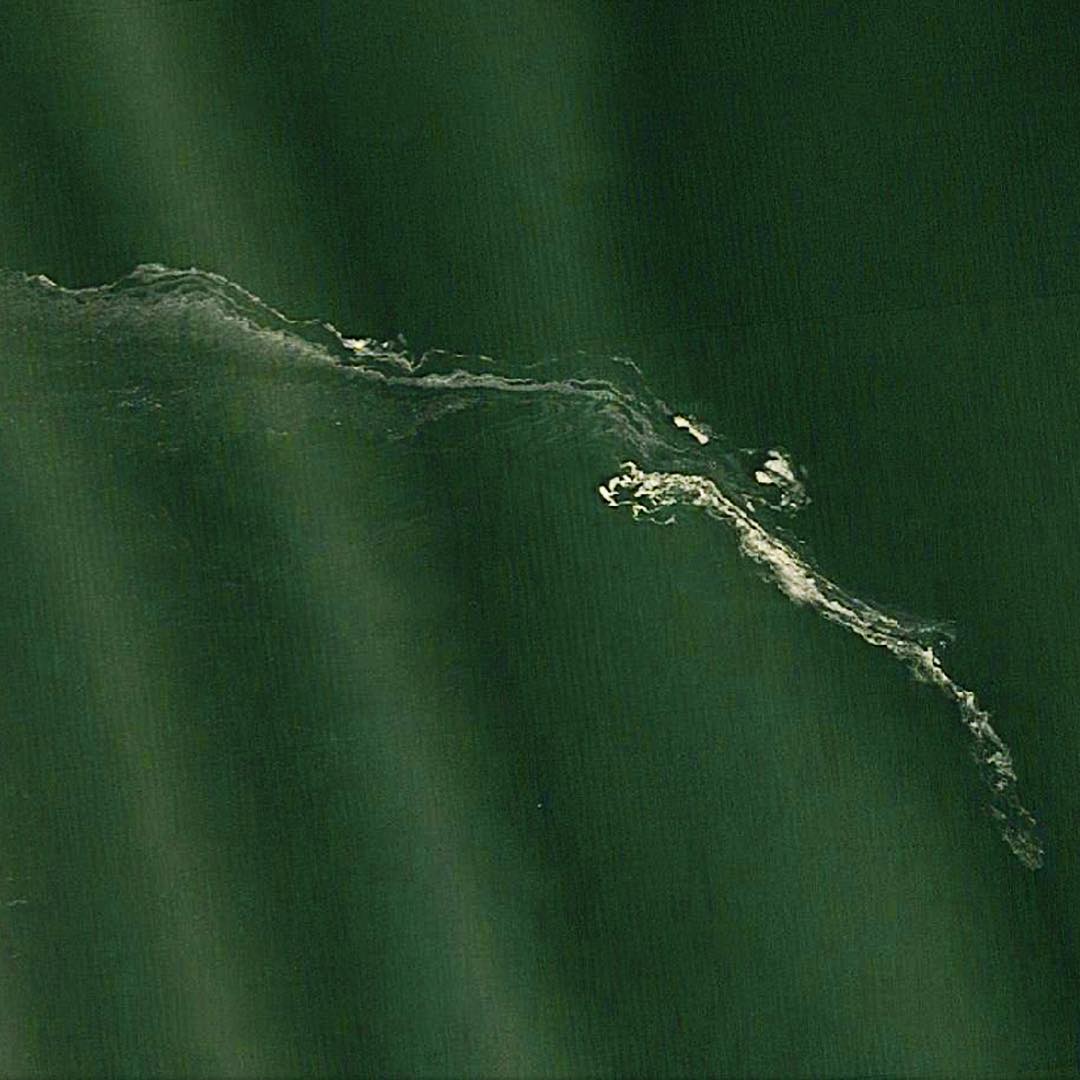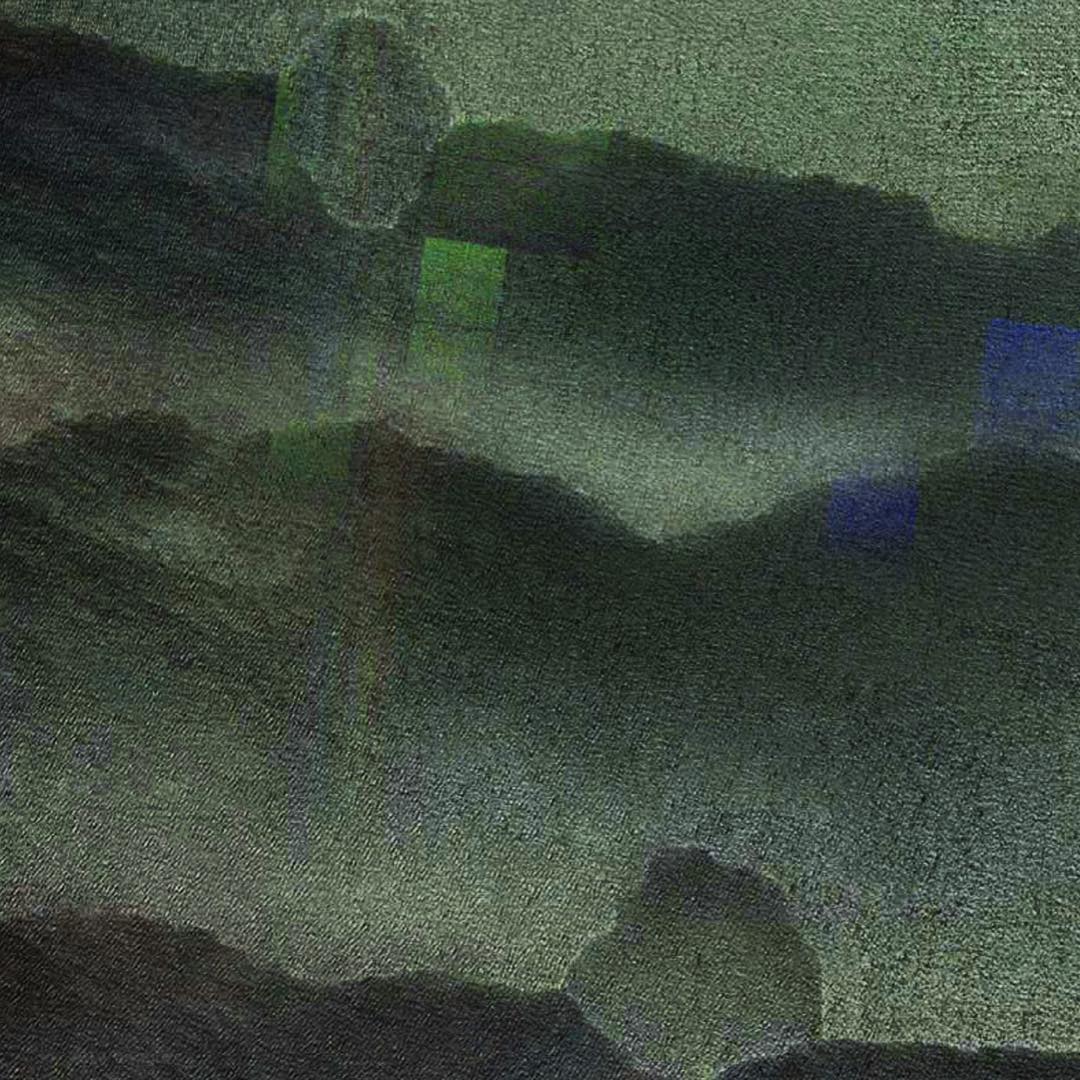Mark Isaac
New work-in-progress, using satellite imagery of the Chesapeake Bay watershed
Water, Water, Everywhere
Water is essential to life on earth. It covers more than two-thirds of the Earth’s surface. More than half of our bodies are water.
Water is beautiful. It falls from the sky into puddles that reflect the world above. It freezes into snowflakes of endless crystalline complexity. It flows, always downward, sometimes plunging over perilous falls. It crests into waves and crashes against the shore incessantly. It changes faces constantly, spanning the color spectrum, and transforming freely from liquid to gas to solid. It evaporates in one of the world’s most sensational disappearing acts.
The Ever-Changing Face of Water
Water is always different. It is wind-whipped, emerald green, and cresting with little waves. It is calm and almost flat and very dark. It is brown but in a variety of shades, giving evidence of strikingly different depths. It is black but with innumerable colored stars in its firmament, as if the night had fallen from the sky and plunged into the saltwater. It is filled with arresting highly saturated reflections in geometric patterns. It is sliced by the wake of boat traffic. It reveals the tracks of humans traversing water on bridges. It exposes the impact of dredging and dumping. It cascades along rocks in tributaries. It always demonstrating exceptional diversity, but it is also pointedly reminding us of the threat against that diversity – the human activities that call into question the Bay’s long-term existence.
Water in Crisis
Water is scarce. It is polluted. It is poisoning children in Flint, Michigan. It is causing fish to mutate. It contains Viagra and Tylenol and Prozac. Wars will be fought over access to water. Water is in crisis.
Water From the Sky
Because of water’s centrality to life, innumerable artists have sought to portray it from many different vantage points. One of the artists who has captured both water’s beauty and the environmental catastrophes it faces is Edward Burtynsky, who captured his expansive images of water from far above, in airplanes. These images are majestic and sweepingly beautiful at the same time that they call attention to the many ways in which human intervention is damaging this vital natural resource and threatening the future of the planet.
We are also living in a time not only of air travel, but of satellite surveillance of the entire surface of the planet. As an artist, I have been deeply intrigued by the extent of this surveillance, which is at the same time threateningly comprehensive, endlessly fascinating, and intensely beautiful. I decided that one vantage point from which to view the Chesapeake Bay watershed should be from the vantage point of surveillance satellites in outer space.
Water Near Water Street
In the accompanying work, titled Water Near Water Street, created recently in the experimental spirit that Atlantika is seeking to cultivate, I have appropriated satellite imagery of the Chesapeake Bay Watershed. I have also sought to connect the water to the land and the world of human workplaces and domiciles through a simple construct: searching for images of water that are near streets named after the water. In the Chesapeake Bay region, these streets are everywhere, named for the most important feature of the surrounding landscape: Water Street, Chesapeake Avenue, Bay Parkway, and on and on. These streets appear throughout the bay region, and often within steps, there it is: the water.
Water Near Water Street is still very much in an experimental phase, so I invite your comment and input. Also, Atlantika Collective is planning an exhibition related to the Chesapeake Bay watershed in October to November 2016. I will post more about this upcoming exhibition and our joint efforts, as a collective, to approach the challenges that the Chesapeake Bay faces from an artistic vantage point.












